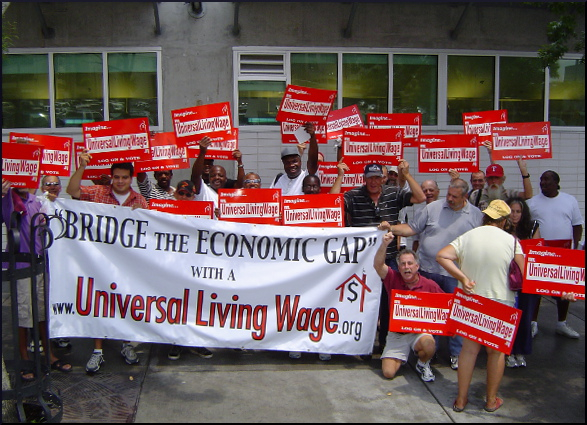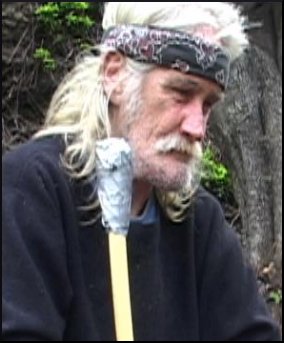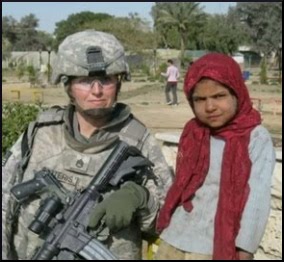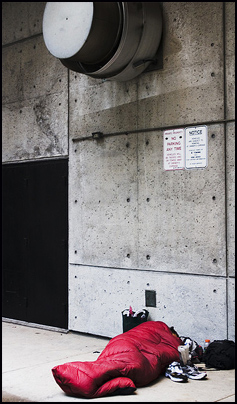By Richard R. Troxell
Read below or download your copy here (right click and save!)
Sue Watlov-Phillips and Professor Edgar Chan have made invaluable contributions to this effort call for the Prevention of Homelessness. This whitepaper examines homelessness in terms of poverty and specifically Livable Incomes for those who can work (Universal Living Wage) and fixing the National Supplemental Security Income (SSI system) for those who cannot work. I have created a pathway for these goals to be achieved. We have tried to stress the value of all people and all work. The positive economic benefit to business and taxpayers is emphasized.
The whitepaper also looks at the concept/tenet: Discharge No One Into Homelessness. This is the idea that at no time do we know as much about an individual as when they enter one of our institutions (i.e., Hospital, Prison, Military, Foster Care, Mental Health Facilities etc.). Therefore, we should begin to prepare for their eventual discharge into a safe housing environment immediately. This will also prevent homelessness. The whitepaper shakes out this concept by looking at a pragmatic example… the Prison Institution (from two perspectives).













